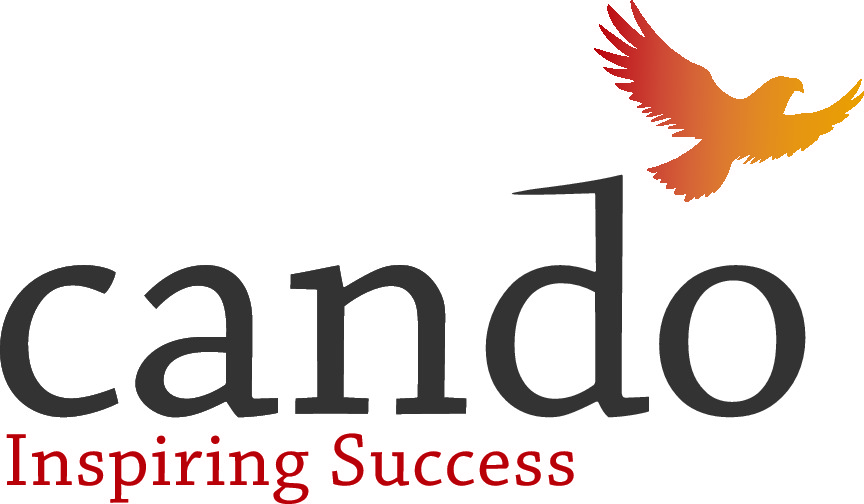Indigenous Collaboration for Leadership Development: A Canadian Example
DOI:
https://doi.org/10.54056/ZXLZ6062Keywords:
Applied research, Awards & honors, Business And Economics, Collaboration, Community, Conflict resolution, Consultation, Contractors, Corporate sponsorship, Councils, Departments, Development programs, Ethnic Interests, Facilitators, Government agencies, Indigenous peoples, Inuit, Leadership, Measurement, Native North Americans, Problem solving, Professional development, Project management, Recreation, Rural areas, Youth, Youth organizations, Indigenous leadership, Indigenous communities in Canada, Indigenous CollaborationAbstract
The purpose of this study is to describe how a Canadian provincial government department (Alberta Sport Council) collaborated with Indigenous communities, other government inter-agencies, corporate sponsors, and private business contractors in the creation, implementation, and measurement of the impact of an Indigenous youth leadership development program (also known as the Alberta's Future Leaders program or AFL). Based on the analysis of provincial government departments reports, input by government staff in previous reports, Indigenous youth leadership development program evaluations, reviews by the youth leadership development program creators and facilitators, and university research reports on the program, a collaborative consultative process emerged. The Dynamic Facilitating Process Model evolved to systematically describe the collaborative process that took place that recognized and promoted Indigenous consultation, consent, and involvement supporting Indigenous communities' priorities and protocols. The six phases in the Dynamic Facilitating Process that emerged are (1) Defining, (2) Designing, (3) Implementing, (4) Measuring, (5) Maintaining, and (6) Refining. Each of the phases in the model is clearly described with supporting collaborative examples with the different partners. Special attention was given to measure the impact of the youth leadership development program on Indigenous youth participants and to describe the impact of the youth leadership development program in Indigenous communities. This applied research and resulting model can serve as a guide for other governments and their inter-agencies, businesses, or other organizations that wish to engage in a positive collaborative process with Indigenous communities.
Downloads
References
Battle, J. (1992). Explanations for response choice: A guide for the culture-free self-esteem inventories. Edmonton, AB: James Battle and Associates.
Battle, J. (1990). Self-esteem: The new revolution. Edmonton, AB: James Battle and Associates.
Benson, L. (1991). A youth leadership training case study. Unpublished doctoral dissertation, University of Alberta.
Benson, L., & Enström, R. (2013). Educating for the future: The wholistic leadership model and the confidence-competence interplay. In P. Daly, K. Reid, & S. Reeb-Gruber (Eds.), Proceedings of the 20th EDiNEB conference: Future skills for competitive business education. Haarlem: EDiNEB Association.
Benson, L., & Enström, R. (2014). Evaluation of participants’ leader self-confidence and personal self-esteem during the Alberta’s Future Leaders 2013 summer leadership retreat. A report written for Alberta Sport Connection.
Benson, L., & Enström, R. (2015, July). Social innovation in Aboriginal community program delivery and leadership development: The case of western Canada’s Alberta’s Future Leaders’ program. Paper presented at the 15th EURAM conference, Kozminski University, Warsaw, Poland.
Branden, N., (1971). The psychology of self-esteem: A new concept of man’s psychological nature, New York: Bantam Books.
Canadian Constitution Act 1982,
Coopersmith, S. (1962). Clinical explorations of self-esteem. Child and Education, 3, 59–71.
Cramer, R.J., Neal, T. & Brodsky, S.L. (2009). Self-efficacy and confidence: Theoretical distinctions and implications for trial consultation. Consulting Psychology Journal: Practice and Research, 61(4), 319.
‘Encouraging Alberta’s future leaders’. (2013, October 23). Edmonton Journal.
First Nations in Alberta. (2014). Qs-6289-010-EE-A1, Catalogue: R2-141/120E. ISSN: 1927-9469.
Gist, M.E., & Mitchell, T.R. (1992). Self-efficacy: A theoretical analysis of its determinants and malleability. Academy of Management review, 17(2), 183–211.
Hannah, S.T., et al. (2008). Leadership efficacy: Review and future directions. The Leadership Quarterly, 19(6), 669–692.
Howard, G.S., et al. (1979). Internal invalidity in pretest-posttest self report evaluations and a re-evaluation of retrospective pretests. Applied Psychological Measurement, 3(1), 1–23.
Metis Settlements Land Registry. (n.d.). Retrieved October 7, 2019, from https://www.alberta.ca/metis-settlements-land-registry.aspx.
Parks and Recreation Ontario. (1999). Together with youth: Planning recreation services for youth-atrisk.
Popper, M., et al. (2004). The capacity to lead: Major psychological differences between leaders and nonleaders. Military Psychology, 16(4), 245.
Schwarzer, R., & Jerusalem, M. (1995). Self-efficacy measurement: Generalized self-efficacy scale (GSES). In J. Weinman, S. Wright, & M. Johnston (Eds.), Measures in health psychology: A user’s portfolio. Causal and control beliefs (pp. 35–37). Windsor, UK: NFER-NELSON.
Sherer, M., et al. (1982). The self-efficacy scale: Construction and validation. Psychological reports, 51(2), 663–671.
Downloads
Published
Issue
Section
License
Copyright (c) 2019 Cando

This work is licensed under a Creative Commons Attribution-NonCommercial-NoDerivatives 4.0 International License.




